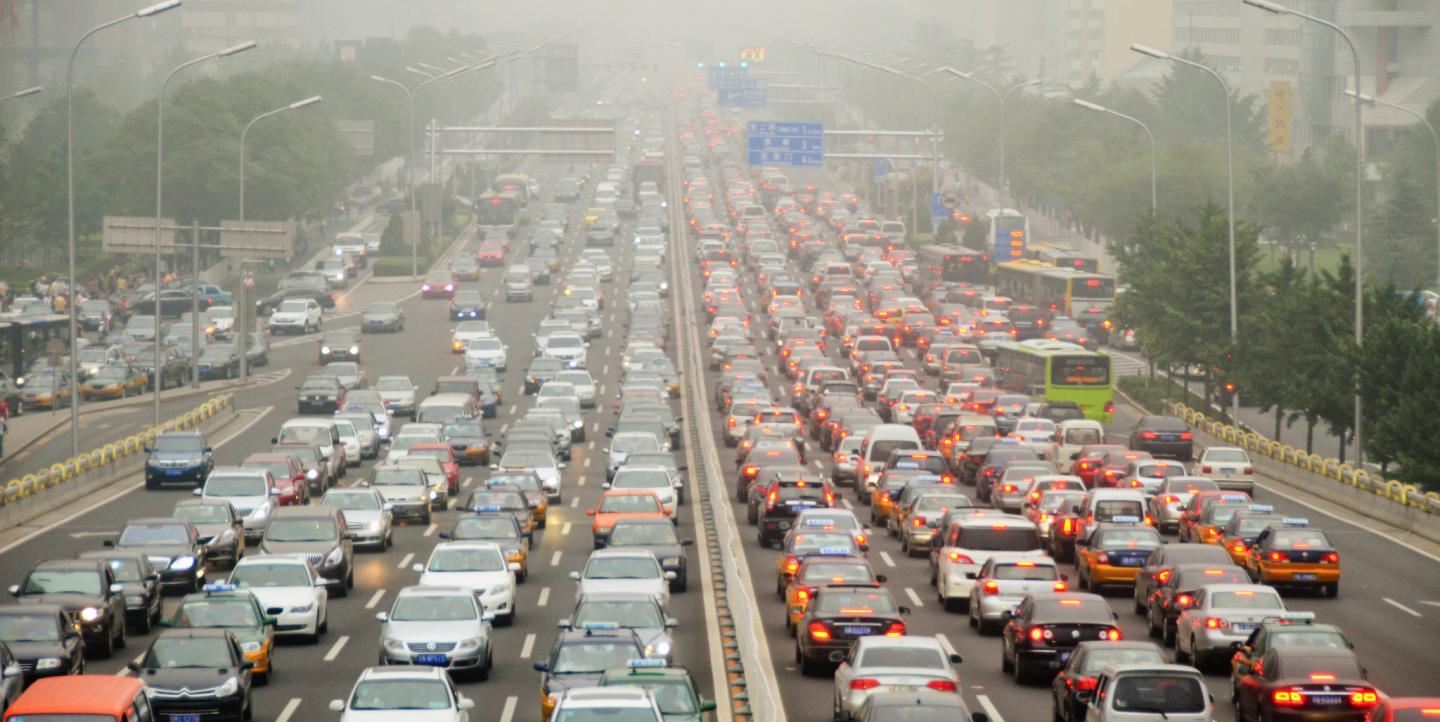Road safety is one of the greatest global public health problems facing us today. With more than 1.25 million deaths and 20 to 50 million injuries stemming from traffic-related incidents each year, it’s clear that the public needs to be educated on the risks of the roads.
Yet even as death tolls rise worldwide, road safety continues to be a chronically underreported topic in global media.
To help combat this issue, the International Center for Journalists (ICFJ) teamed up with the World Health Organization (WHO) to offer an online webinar on tips for journalists covering road safety. The webinar took place ahead of this year’s Global High Level Conference on Road Safety in Brasilia, Brazil, Nov. 17-19.
Dr. Tamitza Toroyan, a technical officer at WHO’s Injuries and Violence Prevention Department, and Duncan Clark, editorial director of Kiln, discussed findings from the WHO’s latest global status report on road safety.
Using the latest country-specific data, Toroyan and Clark outlined the best ways for journalists to engage and educate their audiences on the topic of road safety:
Know how to find the data you need
Toroyan said it’s a good idea for journalists to understand how WHO presents its data in order to discover stories within the data. When looking at road fatalities, for example, WHO outlines the absolute number of road deaths per country, as well as the fatality rate per 100,000 people and a look at the demographics of who is dying on the roads. Each type of data offers its own advantages for the storytelling process.
If you were looking to compare the number of road deaths between two countries with different populations, for instance, you will likely want to look at the report’s data on fatality rates per 100,000 people, and not the absolute number of deaths per country, she said.
“Obviously, you would expect more deaths to take place in China than in Switzerland, because there’s a difference in population,” Toroyan said. “So we would be able to use the fatality rate in order to have a meaningful comparison of where a risk of fatality on the roads is higher.”
Find the original source
Journalists should strive to find the original source of the data rather than relying on WHO’s citations, Toroyan said.
“We see a number of articles where people have cited other people who have cited other people,” she said. “So if you can, see if you can find the original source of the road safety data.”
To do this, one can simply follow the sources cited in the WHO report back to their original location online. By citing this source, you can ensure your information is as accurate as possible and that your research is as thorough as can be.
Be sure there’s evidence for interventions
Toroyan advised journalists to find evidence before writing about potential solutions or making assumptions about trends in the data.
“When you’re talking about interventions, assess if there’s any evidence behind them,” she said. “We were aware of one article that was written about teaching yoga to bus drivers as a way of reducing road traffic injuries. It’s a nice idea, but we don’t know of any evidence that suggests it would lead to a reduction in road traffic deaths or injuries.”
Watch the full webinar below:
Main image CC-licensed by Flickr via Safia Osman.

